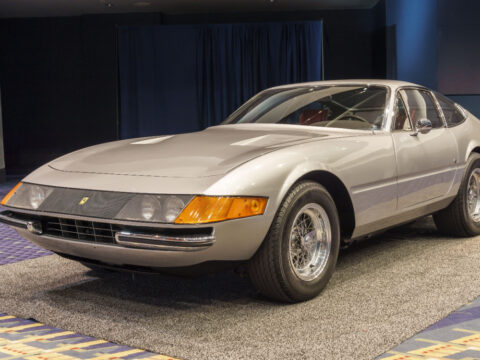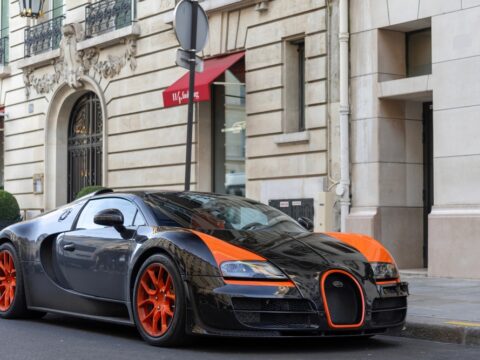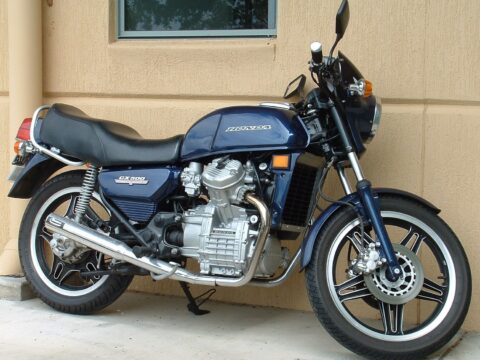Race cars are not just about speed and performance; they’re also about making a visual statement. From bold colors to sleek lines, some race cars stand out not only for their engineering but also for their striking looks. In this article, we’ll take a look at the 25 most eye-catching race cars in history that have turned heads both on and off the track.
Contents
Porsche 917K
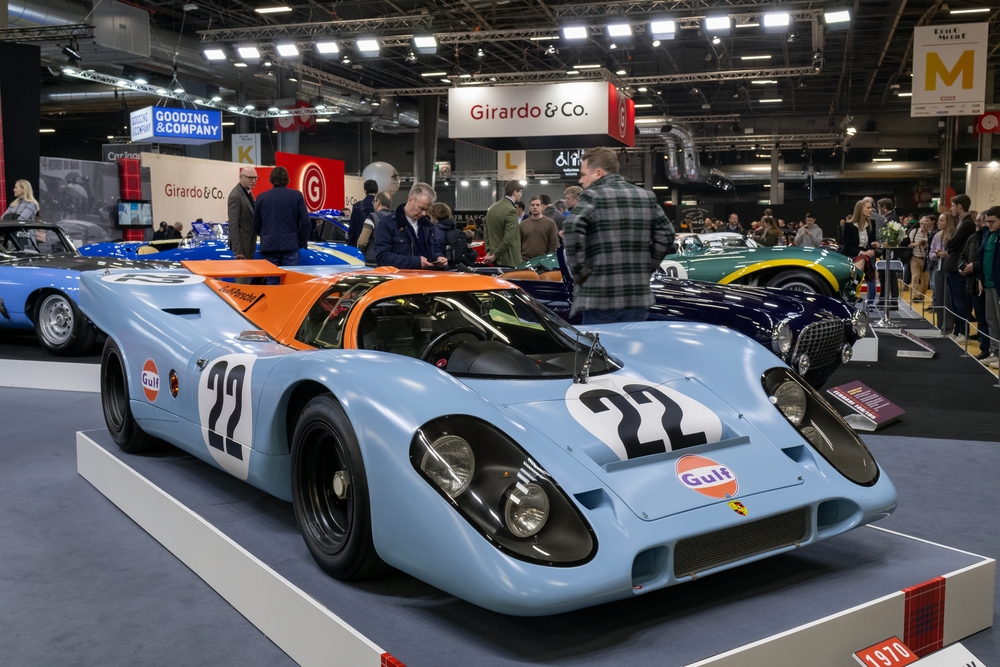
The Porsche 917K is famous for its striking Gulf Oil livery and its iconic design that dominated Le Mans in the early 1970s. With its low, aerodynamic profile and powerful 4.5 to 5.0-liter flat-12 engine, it captured the attention of motorsport fans and defined a generation of endurance racing aesthetics.
Ferrari 250 GTO

Often considered one of the most beautiful cars ever made, the Ferrari 250 GTO features flowing lines and a sculpted body that epitomizes 1960s Italian design. Its 3.0-liter V12 engine and racing success further solidify its place in history, making it a timeless symbol of speed and elegance.
Ford GT40

Designed to beat Ferrari at Le Mans, the Ford GT40 is a blend of American muscle and European refinement. Its sleek, low-slung body and iconic Gulf livery are instantly recognizable, making it a symbol of one of motorsport’s greatest rivalries and achievements.
McLaren MP4/4
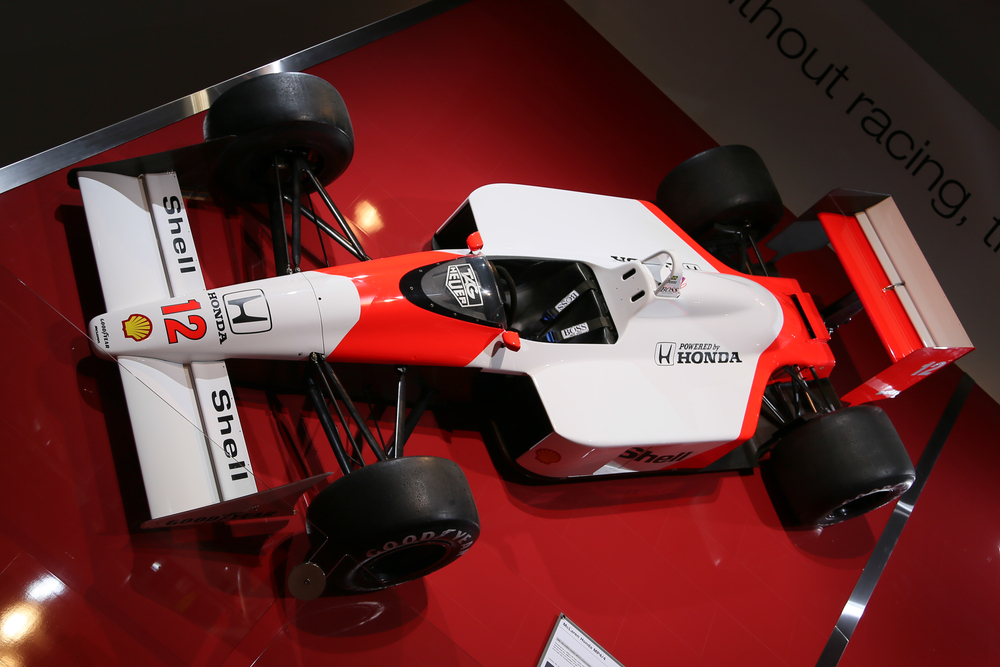
Dominating the 1988 Formula One season, the McLaren MP4/4 is renowned for its aerodynamic efficiency and striking Marlboro livery. Designed by Steve Nichols and Gordon Murray, it featured a powerful Honda V6 turbo engine and remains one of the most successful F1 cars ever.
Jaguar D-Type
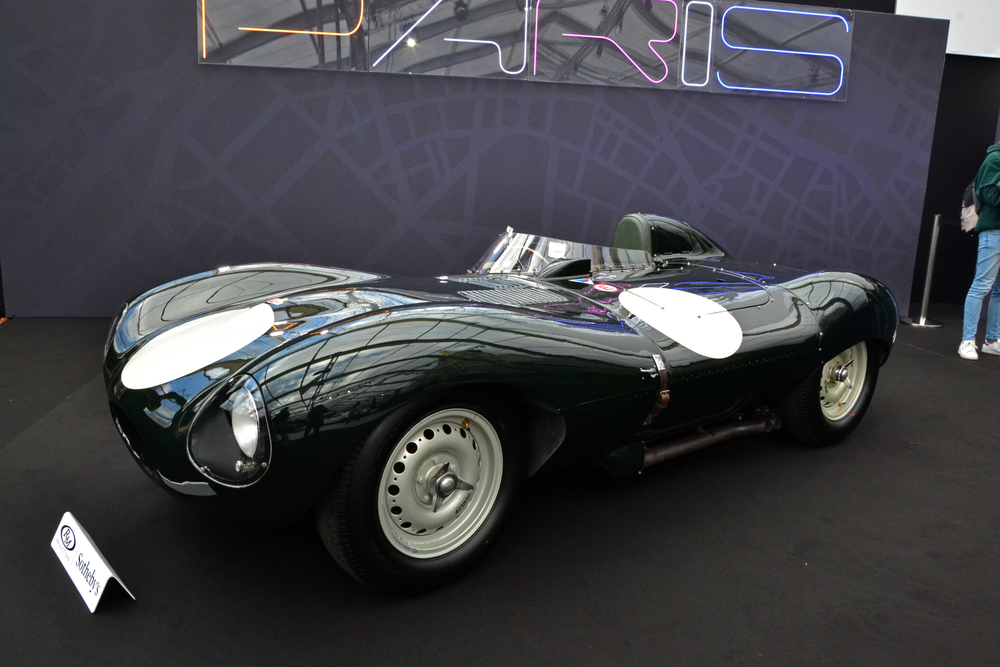
With its distinctive tail fin and curvaceous body, the Jaguar D-Type was both a design and engineering marvel of the 1950s. Powered by a 3.4 to 3.8-liter inline-six engine, it achieved significant success at Le Mans, capturing three consecutive victories from 1955 to 1957.
Shelby Cobra Daytona Coupe

Designed to compete with Ferrari in GT racing, the Shelby Cobra Daytona Coupe combined American engineering with European styling. Its aggressive, aerodynamic body and powerful 4.7-liter V8 engine made it a standout on the track and an enduring icon of racing.
Audi R18 e-tron quattro
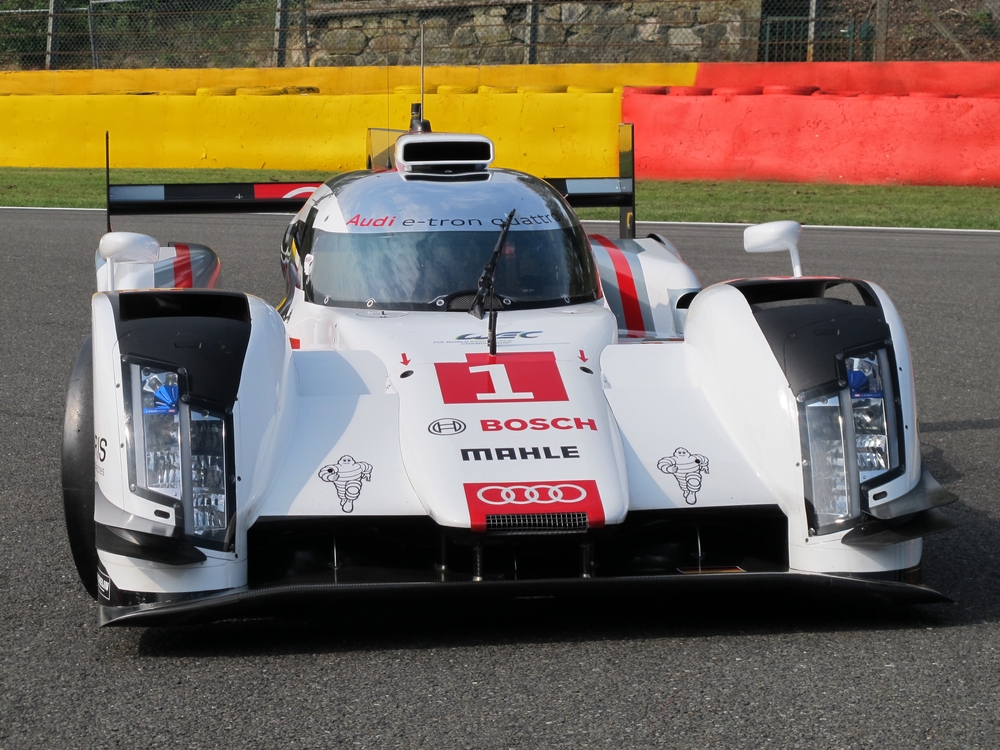
Audi’s R18 e-tron quattro brought hybrid technology to the forefront of endurance racing. Its futuristic design, featuring LED headlights and a sleek, aerodynamic body, combined with a powerful diesel-hybrid drivetrain, made it a pioneering force in modern motorsport.
Lotus 72

The Lotus 72 revolutionized Formula One with its wedge-shaped design and innovative aerodynamics. Its side-mounted radiators and distinctive livery made it a visual standout, while its engineering brilliance secured multiple championships in the early 1970s.
Lancia Stratos HF
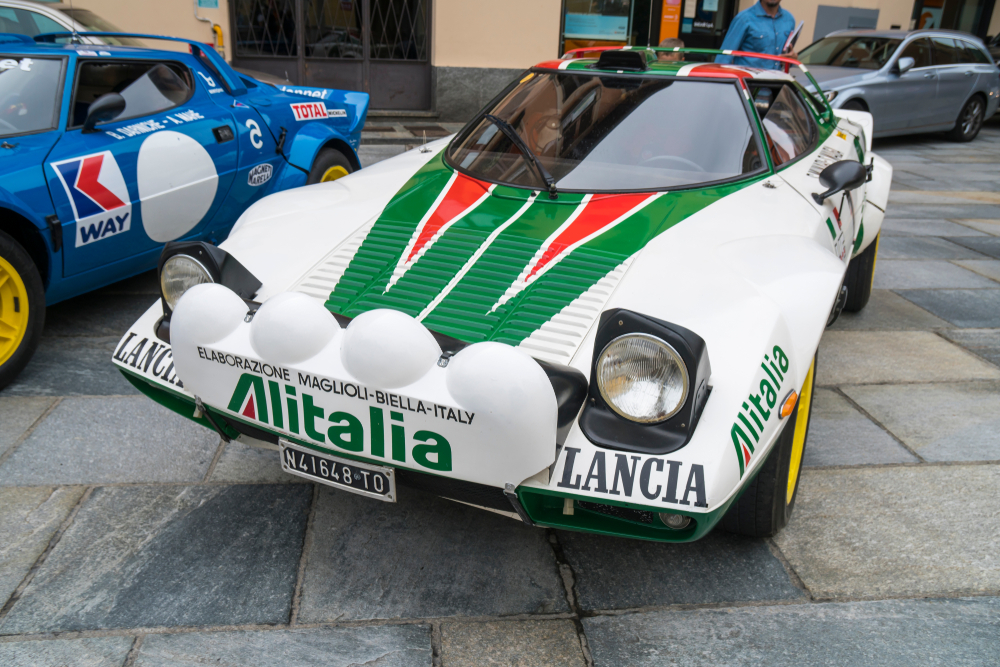
The Lancia Stratos HF is a rally icon with its short wheelbase, distinctive wedge shape, and vibrant Alitalia livery. Powered by a Ferrari Dino V6 engine, it achieved remarkable success in the World Rally Championship during the 1970s.
Porsche 911 GT1
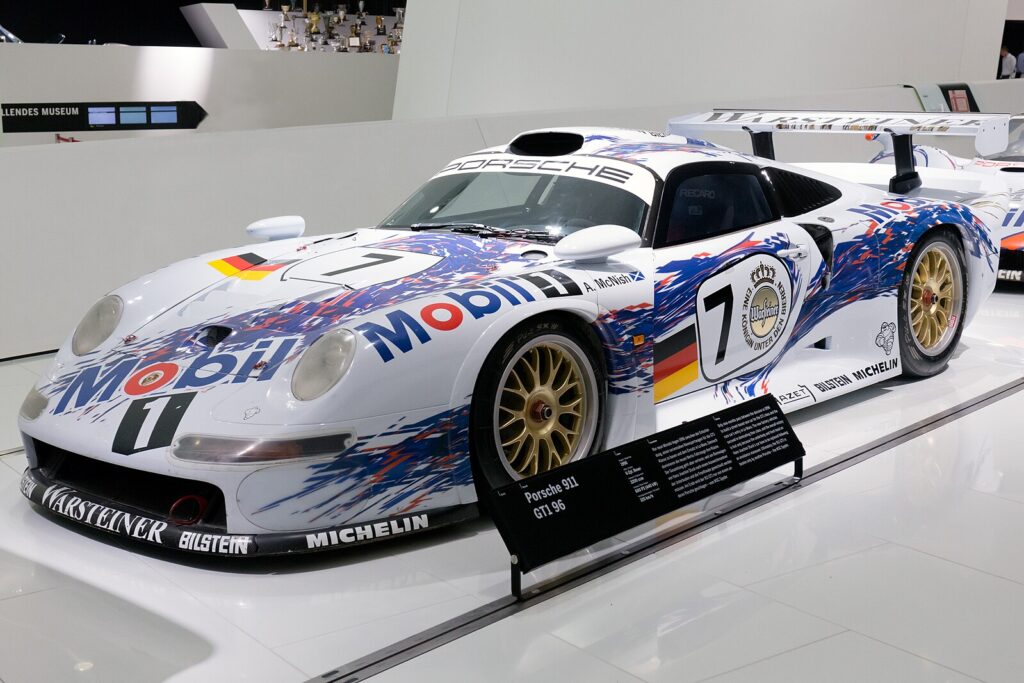
The Porsche 911 GT1 combined the timeless design of the 911 with advanced racing technology. Its aggressive aerodynamic features, including a large rear wing and low stance, paired with a 3.2-liter twin-turbocharged flat-six engine, made it a formidable presence on the track.
Ferrari F2004
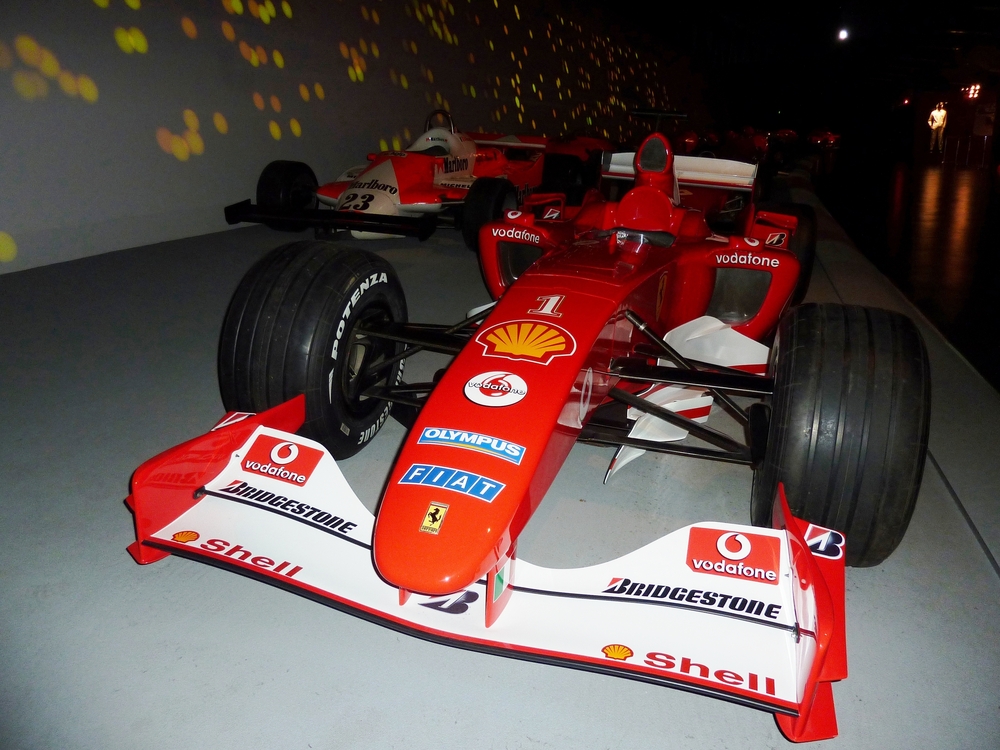
The Ferrari F2004 dominated the 2004 Formula One season with its sleek design and advanced aerodynamics. Driven by Michael Schumacher and Rubens Barrichello, it featured a powerful 3.0-liter V10 engine and set numerous records, becoming one of the most successful F1 cars in history.
Maserati 250F
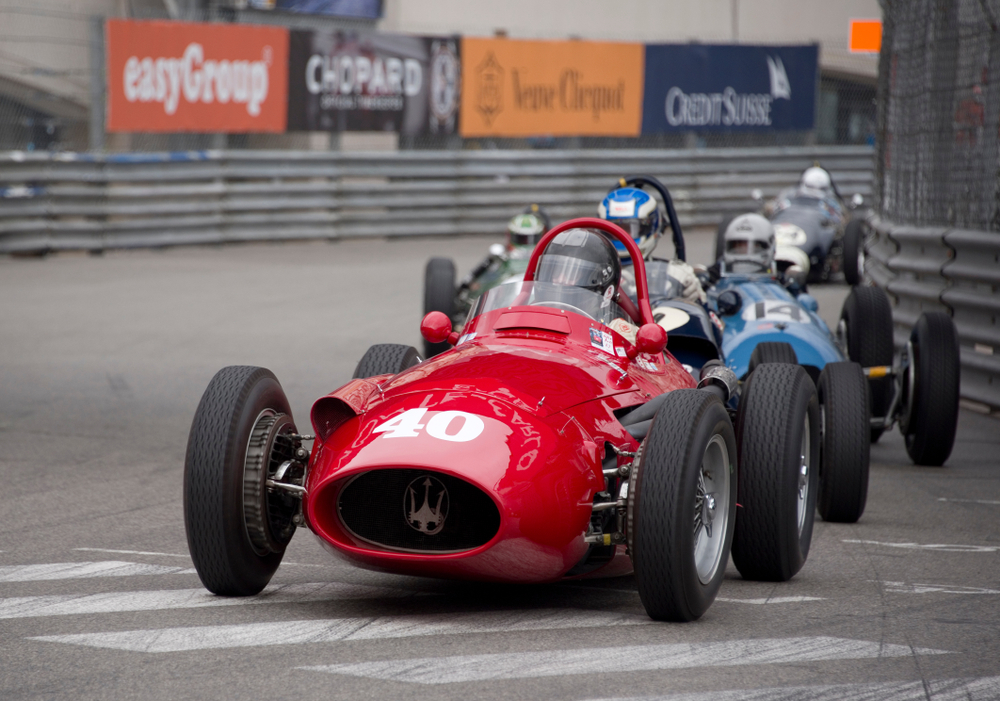
The Maserati 250F, with its elegant curves and classic 1950s design, is a masterpiece of early Formula One engineering. Its 2.5-liter inline-six engine and success in the hands of legendary drivers like Juan Manuel Fangio make it a standout in racing history.
Alfa Romeo 8C 2300
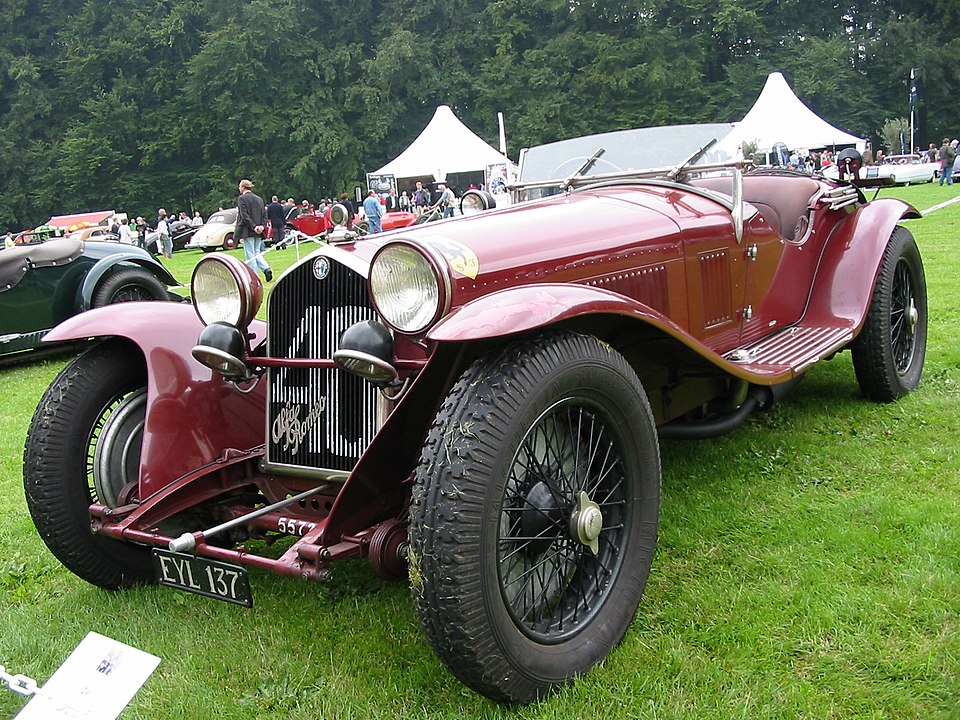
The Alfa Romeo 8C 2300, with its long, flowing lines and distinctive grille, epitomizes pre-war racing elegance. Its supercharged inline-eight engine and success in endurance races like the Mille Miglia and Le Mans solidify its place in automotive history.
Brabham BT46B “Fan Car”
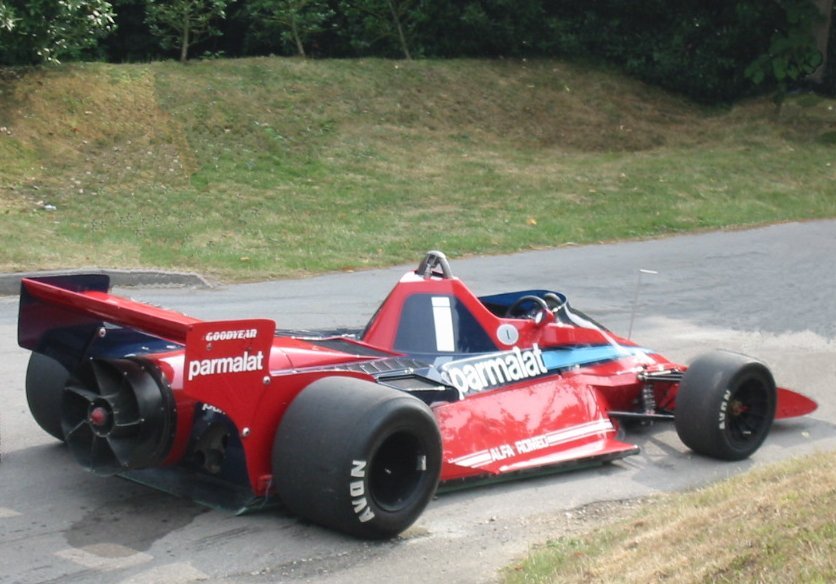
The Brabham BT46B, known as the “Fan Car,” featured a unique fan system for additional downforce, making it visually and technically distinctive. Its innovative design and brief but memorable appearance in Formula One showcase the ingenuity of racing engineering.
BMW M1 Procar

The BMW M1 Procar series featured a stunning, low-slung design and eye-catching liveries. With a 3.5-liter inline-six engine and racing pedigree, it bridged the gap between road cars and racing machines, becoming a cult favorite among enthusiasts.
Aston Martin DBR1
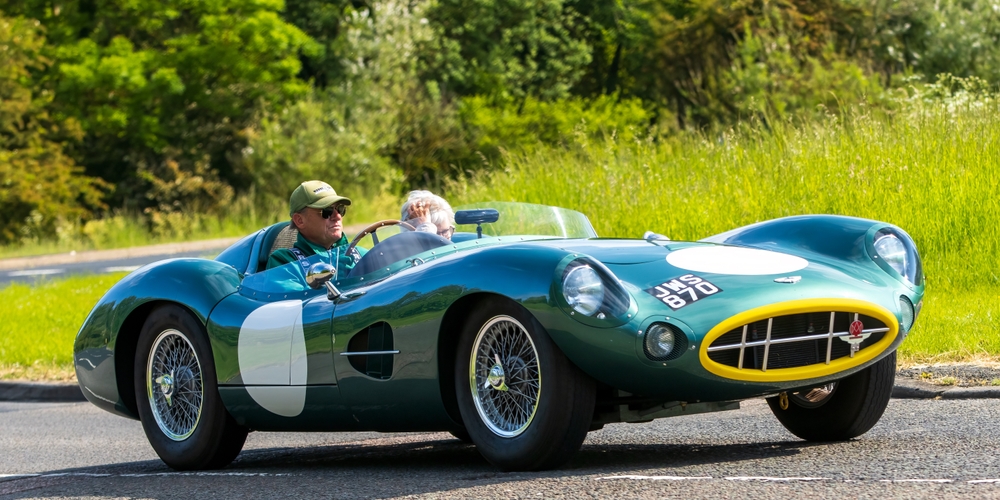
The Aston Martin DBR1’s sleek, curvaceous body and distinctive grille make it one of the most beautiful race cars of the 1950s. Its success at Le Mans and other endurance races, coupled with its 3.0-liter inline-six engine, make it an icon of British motorsport.
Toyota TS050 Hybrid
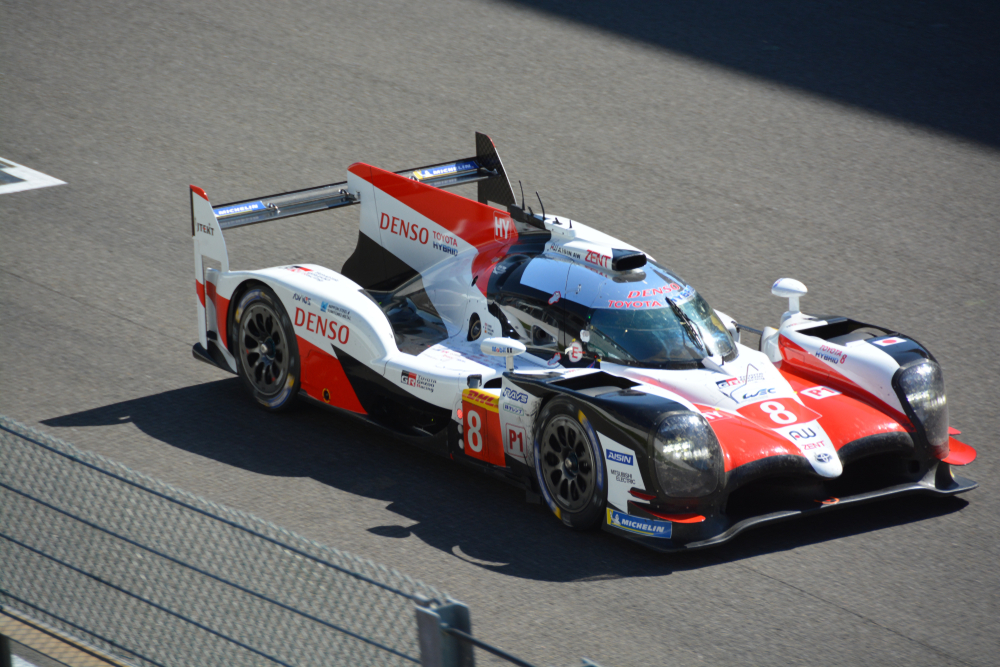
The Toyota TS050 Hybrid combines cutting-edge hybrid technology with a striking, aerodynamic design. Its success at Le Mans and distinctive look, featuring advanced aerodynamics and a powerful hybrid drivetrain, make it a standout in modern endurance racing.
Mercedes-Benz W196

The Mercedes-Benz W196, with its streamlined body and innovative design, dominated Formula One in the mid-1950s. Its distinctive open-wheel and streamlined versions, coupled with a powerful inline-eight engine, showcased the engineering prowess of Mercedes-Benz.
Peugeot 905
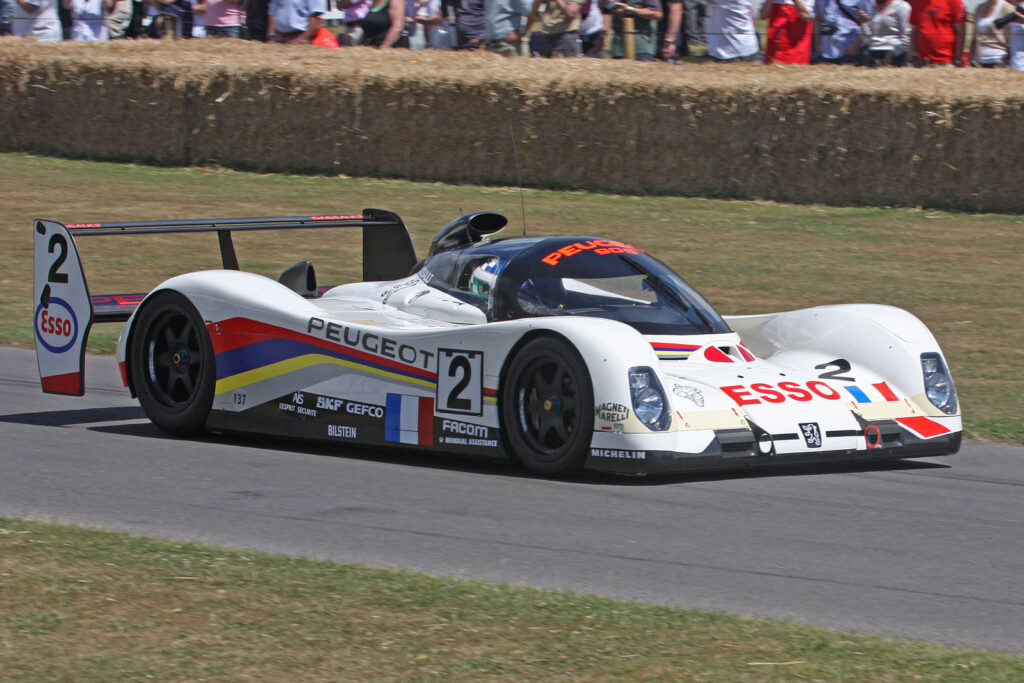
The Peugeot 905’s sleek, aerodynamic design and innovative carbon-fiber monocoque chassis set it apart in endurance racing. Powered by a 3.5-liter V10 engine, it achieved success at Le Mans and remains a visually and technically impressive race car.
Nissan R390 GT1
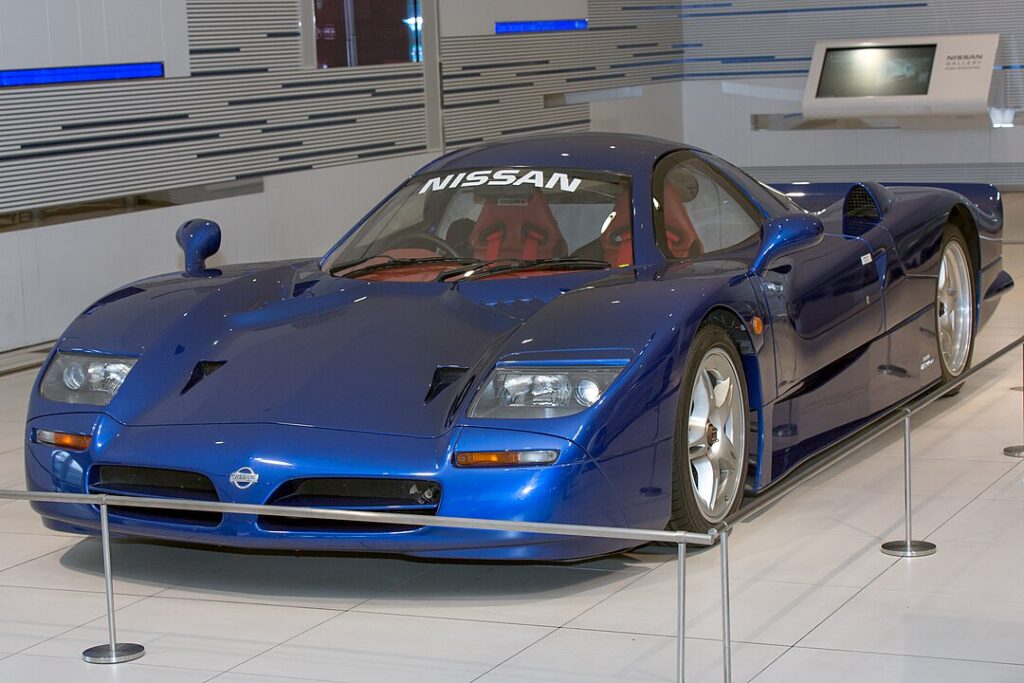
The Nissan R390 GT1’s low, wide stance and aerodynamic features make it a striking presence on the track. With a twin-turbocharged V8 engine and success at Le Mans, it represents the pinnacle of Nissan’s racing design and engineering.
Chaparral 2J
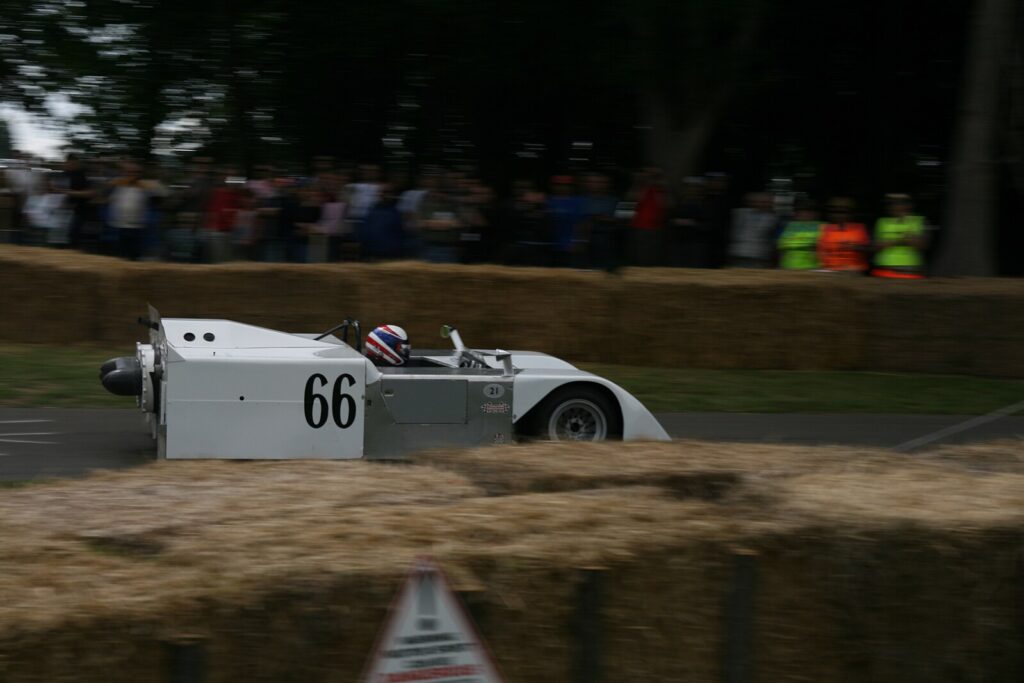
The Chaparral 2J, known as the “Sucker Car,” featured a revolutionary fan system for increased downforce. Its boxy, unconventional design and groundbreaking aerodynamics make it one of the most visually and technically unique race cars in history.
Mazda 787B
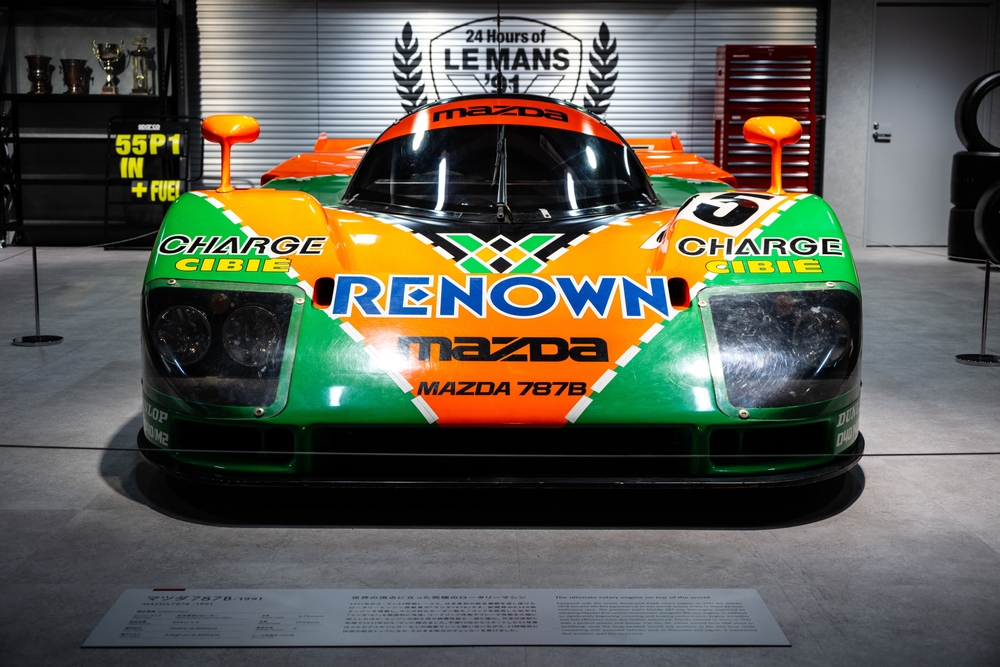
The Mazda 787B’s vibrant orange and green livery and unique rotary engine make it a standout in endurance racing. Its victory at Le Mans in 1991 and distinctive design, featuring advanced aerodynamics and lightweight construction, cement its place in racing history.
Renault RS01
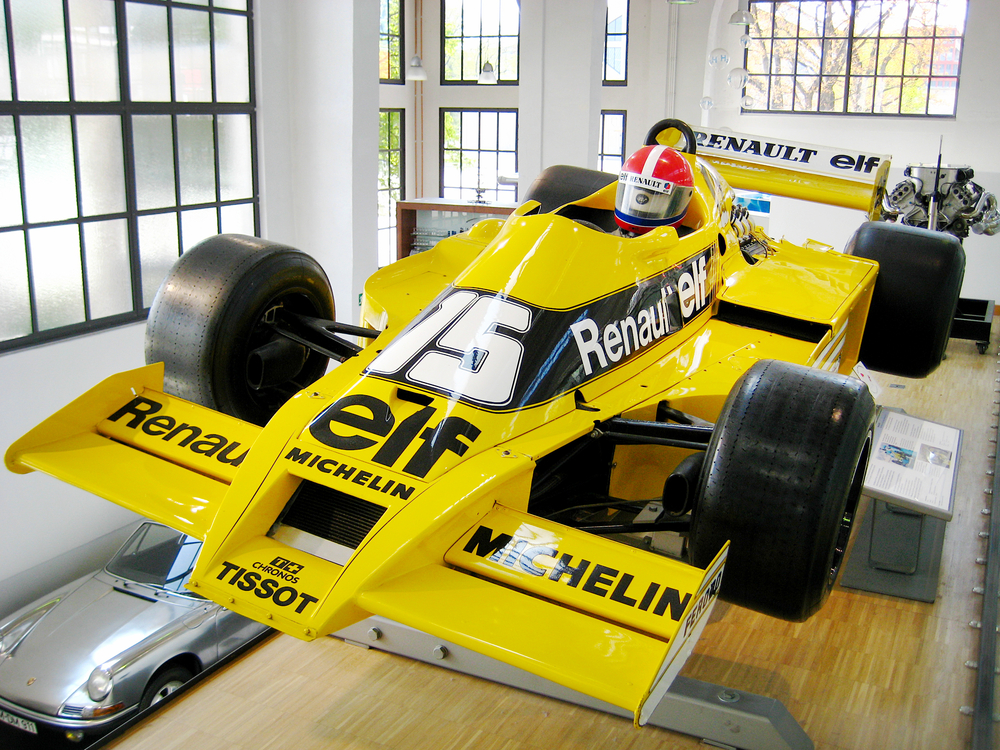
The Renault RS01, with its bold yellow and black livery and pioneering turbocharged engine, made a significant impact in Formula One. Its aggressive design and technical innovations set it apart as a visually striking and historically important race car.
Bentley Speed 8
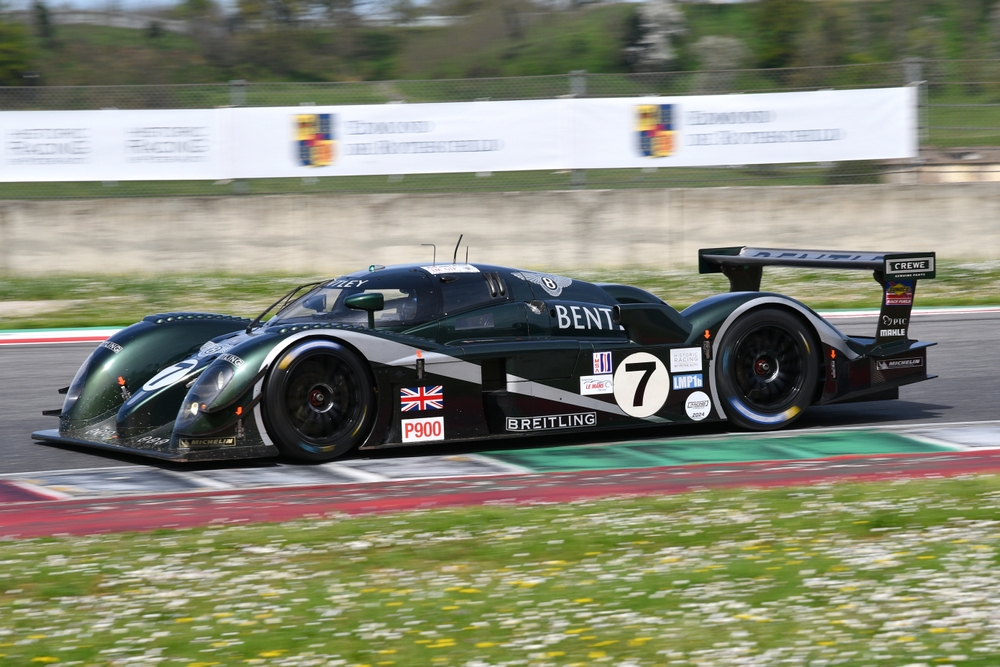
The Bentley Speed 8’s sleek, aerodynamic body and British Racing Green livery make it a visually stunning endurance racer. Powered by a twin-turbocharged V8 engine, it achieved victory at Le Mans, showcasing Bentley’s commitment to both performance and style.
Chevrolet Corvette C7.R
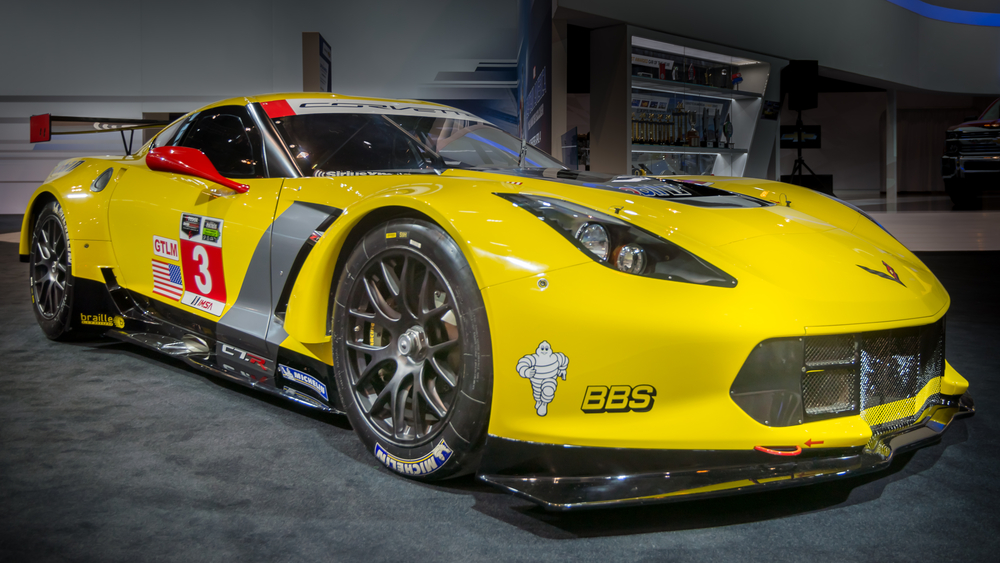
The Chevrolet Corvette C7.R, with its aggressive lines and striking yellow and black livery, is a modern icon of American endurance racing. Its powerful V8 engine and advanced aerodynamics make it a formidable competitor and a visual standout on the track.
This article originally appeared in MyCarMakesNoise.
More from MyCarMakesNoise
18 Red Flags to Watch for Before Buying a Used Car

Buying a used car can be a great way to save money, but it also comes with its risks. To help you avoid making a costly mistake, we’ve compiled a list of 18 must-know red flags to watch out for. Read More.
20 Cars That Will Turn You into a Drifting Pro
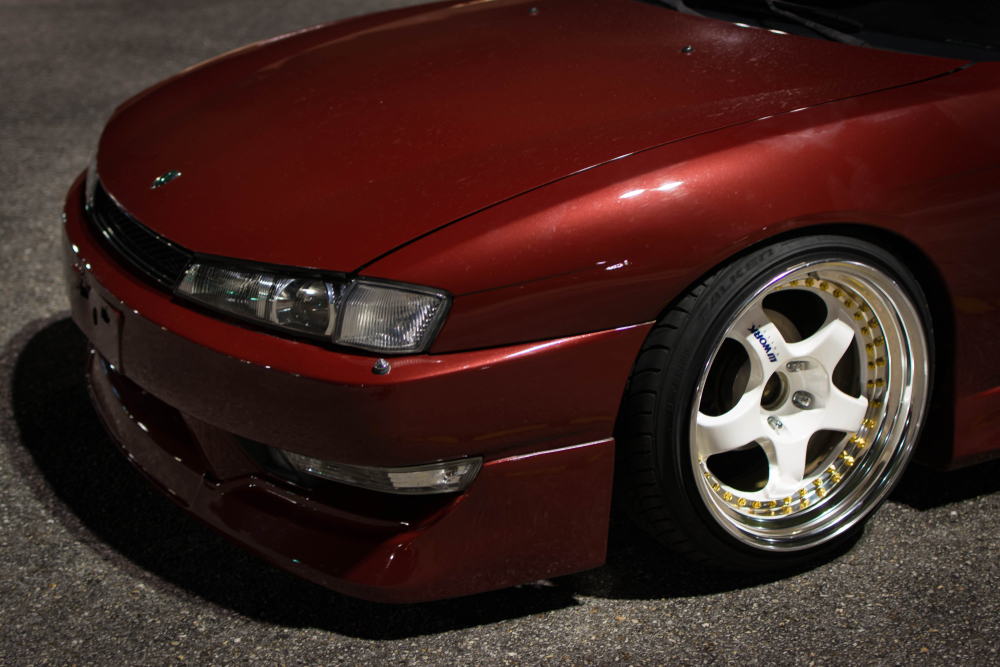
Drifting is an art form that requires skill, precision, and the right car. Whether you’re a seasoned drifter or just starting out, having the right vehicle can make all the difference. Read More.
10 Sneaky Clues to Help You Spot Unmarked Police Cars

When you’re driving, it’s important to stay aware of your surroundings, especially when it comes to unmarked police cars. These vehicles are designed to blend in, but they often have subtle clues that give them away. Read More.

